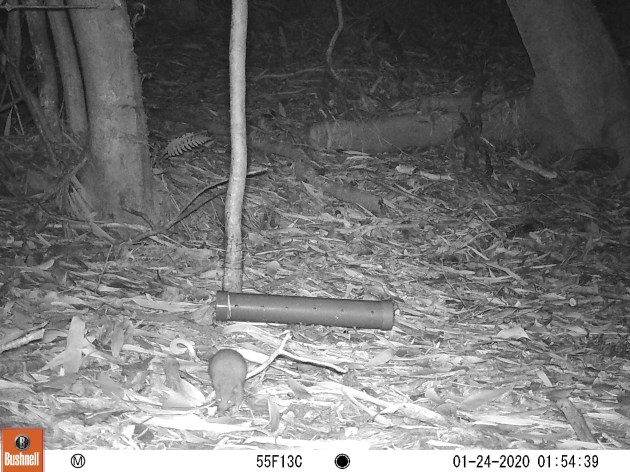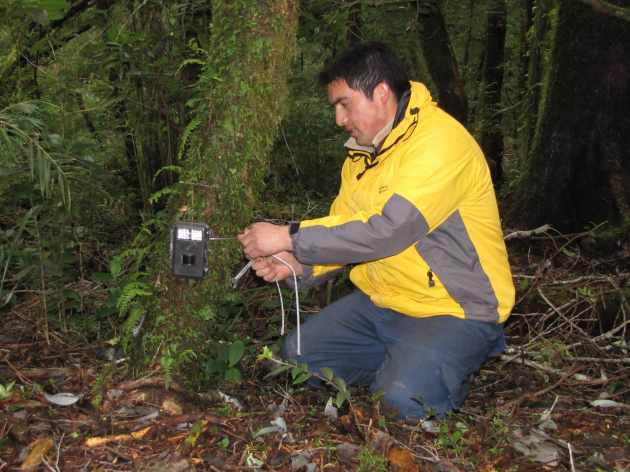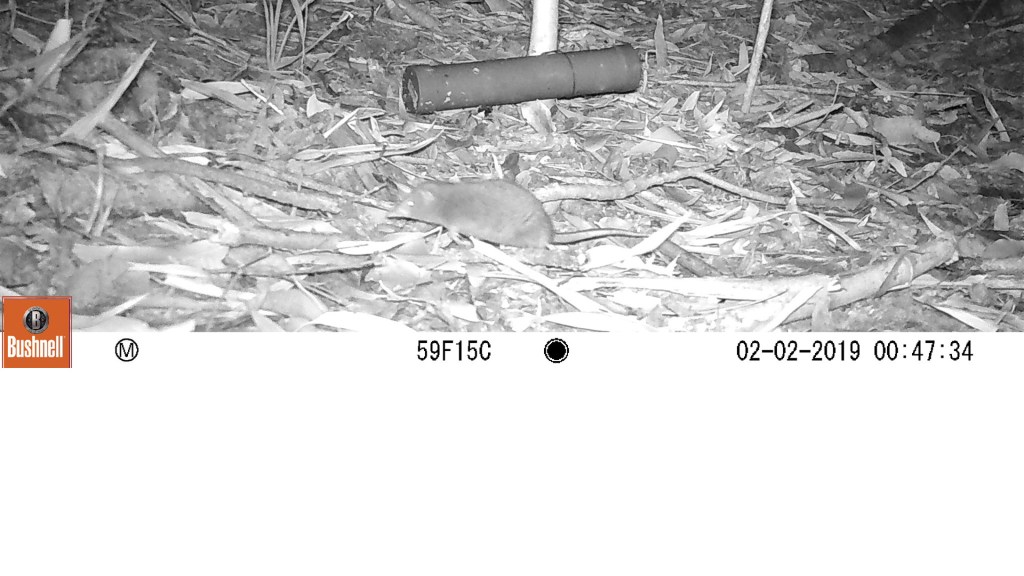Camera traps in Chile’s Valdivian Coastal Reserve and adjacent Alerce Costero National Park recently documented a significant increase in sites where the long-nosed Chilean shrew opossum—a marsupial largely unchanged for millions of years—is known to be present.
The Gist
The long-nosed shrew opossum (Rhyncholestes raphanarus) is the only surviving member of the Rhyncholestes genus. Known from the fossil record, it is considered a relict species. But says, researcher Eduardo Silva, of the Universidad Austral de Chile and co-author on study, “Despite all the advancements in science and knowledge, the long-nosed shrew opossum is one of Chile’s least-known mammals.”
Thanks to camera traps, that’s changing.
Working with data collected from the camera traps of the monitoring program in the Valdivian Coastal Reserve and Alerce Costero National Park, as well as data obtained through other projects, researchers and park rangers detected the presence of long-nosed Chilean shrew opossums on 31 occasions, across 17 sites: 15 in the Valdivian Coastal Reserve and 2 in the adjacent Alerce Costero National Park.

The results of the camera trap study, published in the scientific journal Bosque from the Faculty of Forestry Sciences and Natural Resources at University Austral de Chile, represent a significant increase in the number of sites with confirmed sightings of the species—nearly equaling the previous record of 21 sites registered in all the years between 1924 and 2011.
The Big Picture
“Although the scarcity of data does not allow us to speak about long-nosed shrew opossum population numbers,” notes Silva. “We can say that the species has a broader presence in this area than previously thought, and right here is the species’ northernmost sighting. It has not been seen north of the Valdivia River despite significant efforts with trap cameras.”
The area was explored starting in the 18th Century, but during the 1980s and 1990s, thousands of hectares of native forests were cut down, burned and replaced by exotic species, like eucalyptus.
In 2003, TNC acquired around 60,000 hectares in a public auction that included 3,500 hectares of eucalyptus plantations and created the Valdivian Coastal Reserve. Then, it promoted the creation of the Alerce Costero National Park by donating around 9,500 hectares to Chile’s National Forest Corporation (CONAF) (in Spanish) using a model that combines public and private conservation efforts and community involvement.

“You can see the burned larch trees in the higher areas, and in other spots, you can see the replacement process. Twenty-five years ago, the area was the cause of the Chilean forest tragedy, and today, it is one of the main examples of conservation in Chile, a total change of trajectory,” Silva points out.
The long-nosed shrew opossum was detected during all four seasons in areas of the evergreen and larch forests and, occasionally, in eucalyptus plantations. For Danilo González, TNC’s Park Ranger Coordinator in the Valdivian Coastal Reserve and a co-author on the recent paper, “it is a pleasure to find the species in different environments, in a greater range of habitats.”
The Takeaway
The monitoring of the long-nosed shrew opossum is part of a broader species monitoring effort in the Valdivian Coastal Reserve that started in 2014. Camera trap monitoring contributes to knowledge about species, and the information it provides is vital to establishing policies and practices for protection, conservation, and management.
CONAF’s systematic monitoring efforts began in 2016. In 2024, the organization launched a Photo Monitoring Platform for native species that are objects of conservation, like the Darwin’s fox, guiña, and pudú.
“The systematic monitoring and follow-up of species in protected areas is the oldest camera-trap monitoring effort in Chile, led by park rangers,” says Silva, who started using camera traps in the Reserve in 2007. “The camera traps have opened up a giant world. There are many things we thought were strange because they are hard to see, but they are not really that strange. The new technologies have given us eyes we did not have before.”



